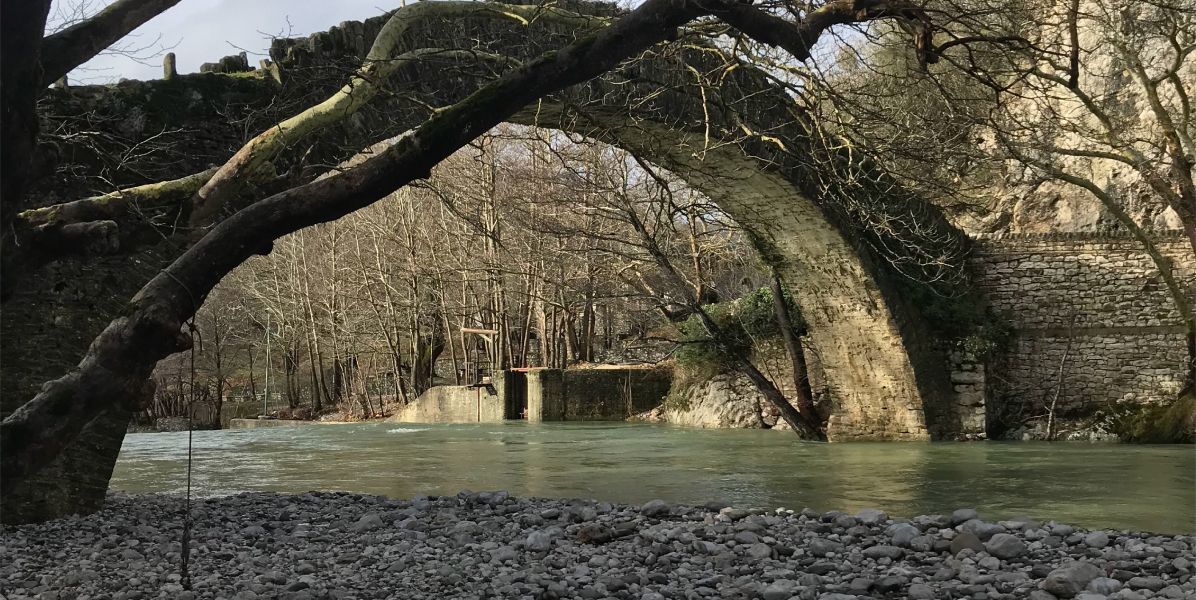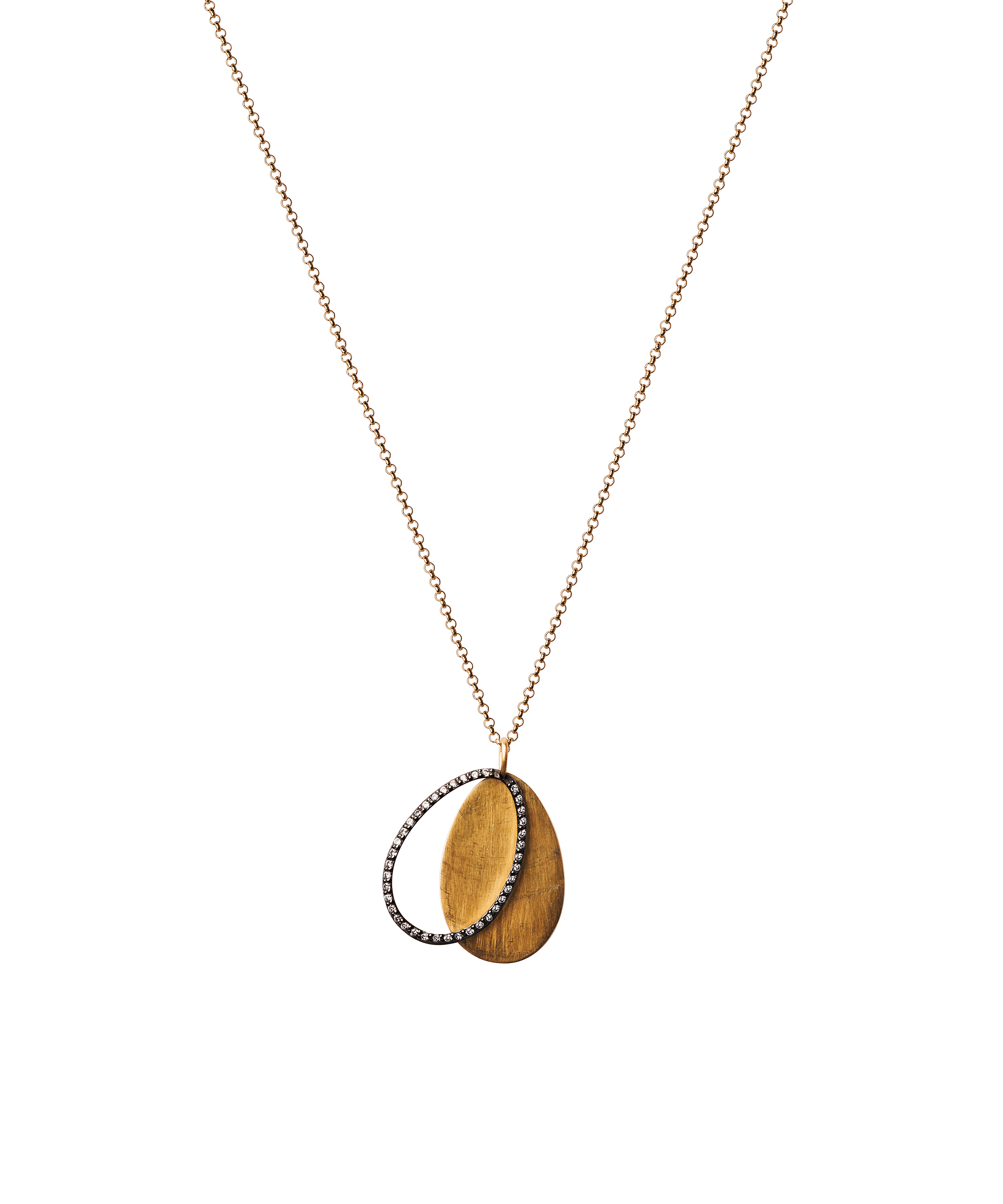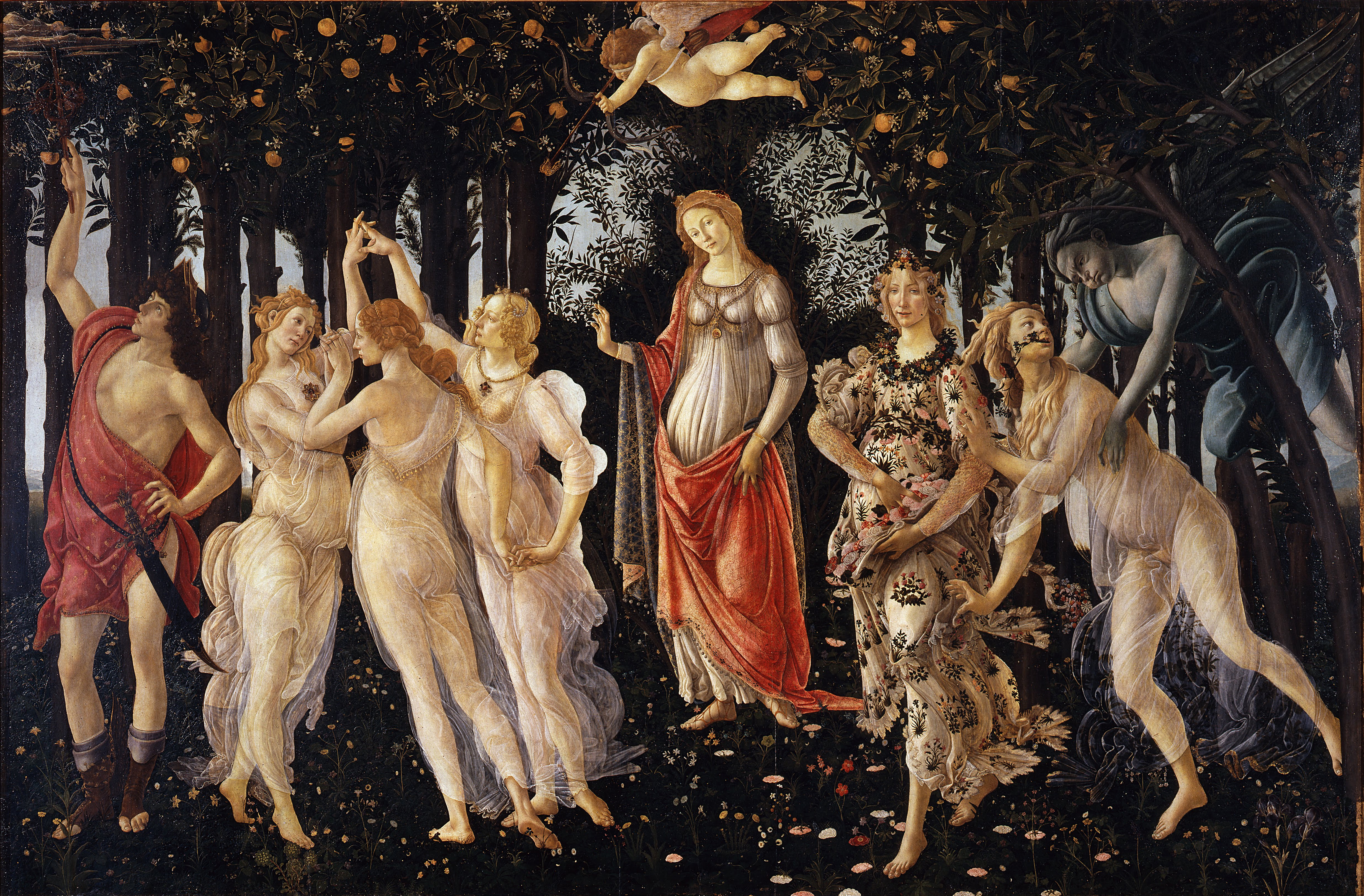ZAGORI
A beautiful historic destination in North-West of Greece
The region of Zagori contains 46 villages known as Zagorochoria. The area is known for its great natural beauty with striking geology and two National Parks, one including the river Aoos and the Vikos Gorge, the other around Valia Kalda to the east mount Tymphe. The villages in Zagori are interconnected by mountain roads and traditional arched stone bridges that help travelers to cross the countless rivers and streams. They were mostly built during the 18th and 19th centuries by local master craftsmen using local stone. These bridges usually have one to three arches called ‘kamares’. The most iconic one is the three-arched bridge of Plakidas, aka Kalogeriko, just outside the village of Kipi.
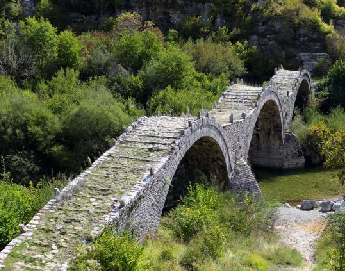
History
During antiquity, the region was inhabited by the Tymphaeans and formed a part of the ancient kingdom of the Molossians, a Greek tribe of Epirus that gained control over all of Epirus in classical times. Molossus, their eponymous ancestor, was said to have been born of a union between Neoptolemus (son of Achilles) and Andromache (the wife of Hector of Troy). Neoptolemus was the first in line of Epirotan kings leading to the king Pyrrhus of Hellenistic times, who launched several campaigns against the Romans in Italy. Olympias, the mother of Alexander the Great, was from the ancient town of ‘Molossis’ which is located in front of Konitsa, in the Northern boundary of Zagori, where the rivers Voidomatis, Aoös and Sarantaporos meet.
Remains of cyclopean walls in Skamneli testify to the antiquity of human occupation. During the 9th–4th centuries B.C., a small Molossian settlement which included stone houses and two cemeteries existed between Monodendri and Vitsa, which have yielded important archeological findings.
The name ‘Zagori’ probably derives from the Slavic Zagore meaning "beyond the mountains". Under the Byzantine Empire, Zagori occasionally attracted groups of soldiers who built villages and settled there. The area includes several monasteries.
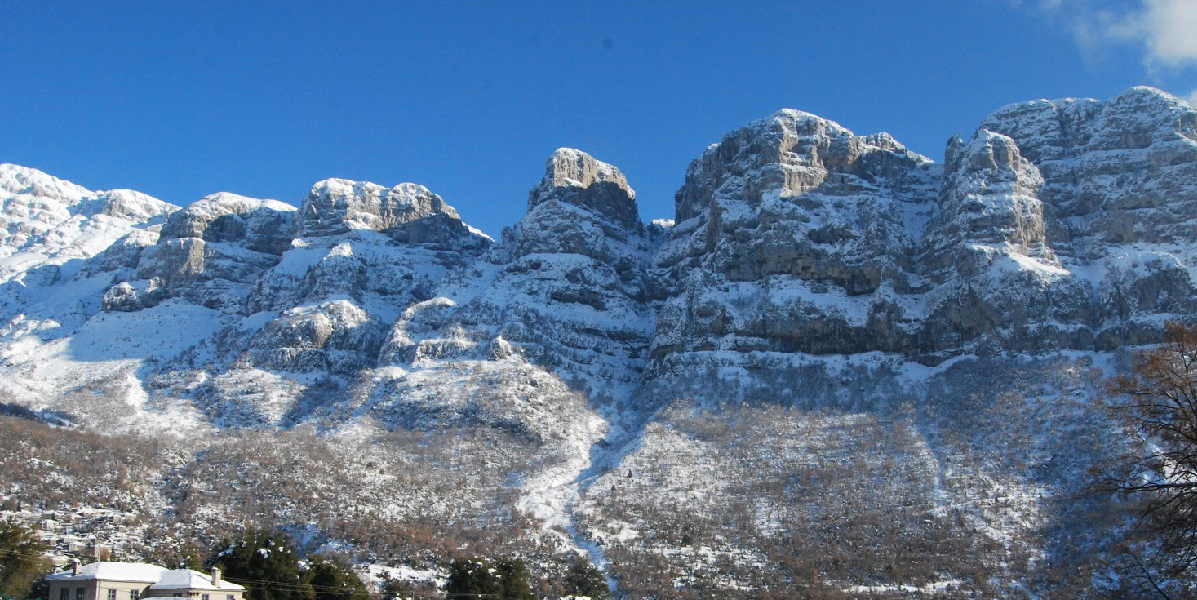
Papigo, A beautiful stone village hidden in between mountains.
The settlement of Papigo is a popular traditional Greek village, attracting thousands of visitors each year who come to admire the magnificent scenery of the area. Their traditional, large mansions, stone houses, cobbled streets, fountains with crystal clear waters have been kept in tack and the great views harmonize with the natural environment.
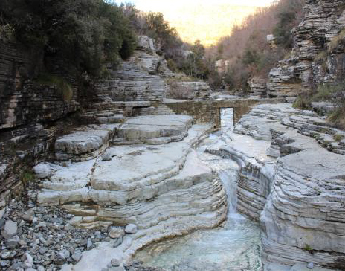
Beautiful natural pools that locals call ‘ovires'. The fonts are actually cavities in limestone rocks created by the movement of the stream Rogovou. It is a geological stone formation where you will find natural pools. This phenomenon was exploited by the locals, who check their levels by artificial barriers. When dams are closed pools are created by running crystalline water. When the dams are opened and the flow of water is natural, you can observe the water erosion on the rocks. During the summer months you can dive into the waters. Although the water is always cold, one can enjoy the tranquility of nature with dense vegetation and gorgeous colors.
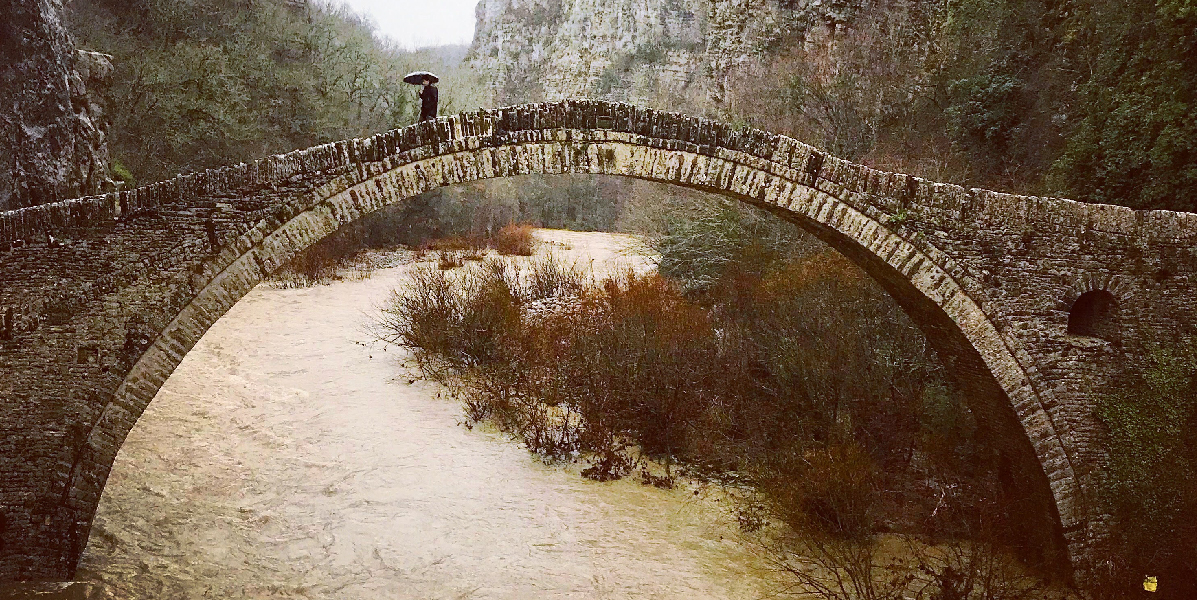
The name Voidomatis,(meaning: the eye of an ox), derives from the fact that oxen have clear blue eyes, like the waters of this river. Voidomatis has been characterized as one of the cleanest rivers in Europe as it does not face any environmental issues. It crosses one of the most beautiful natural locations of Greece and has been part of the Vikos–Aoös National Park since 1973. A number of stone bridges cross the river, the most famous being the Kledonas Bridge. The river attracts people interested in water sports such as rafting and kayaking.
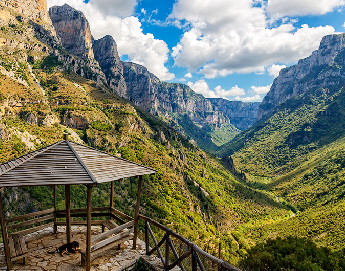
At the heart of the Vikos–Aoös National Park, the Vikos Gorge is the most impressive and famous natural monument in Zagori. The entire Vikos Gorge channel, a dry seasonal river during most time of the year, is about 38 km long and the deepest part is about 12 km. In the middle of its main part, it is crossed by Megas Lakkos, an equally deep and wild branch which is far from road access or villages. At the mouth of Vikos Gorge, the Voidomatis river has its sources and then continues to flow through its own smaller gorge. The Vikos Gorge at 990m deep near Monodendri and 1350 m near the end. It is one of the the deepest in proportion to its width in the world. The Vikos Gorge is also a site of major scientific interest because its virgin conditions. The place is a haven for endangered species and has varied ecosystems.
There are many points of view to enjoy the breathtaking view of Vikos Gorge. Most famous ones are:
1st: Through village Vradeto from the Beloi lookout point
2nd: Through Monodedri and monastery of Agia Paraskevi
3rd: Through Oxia
